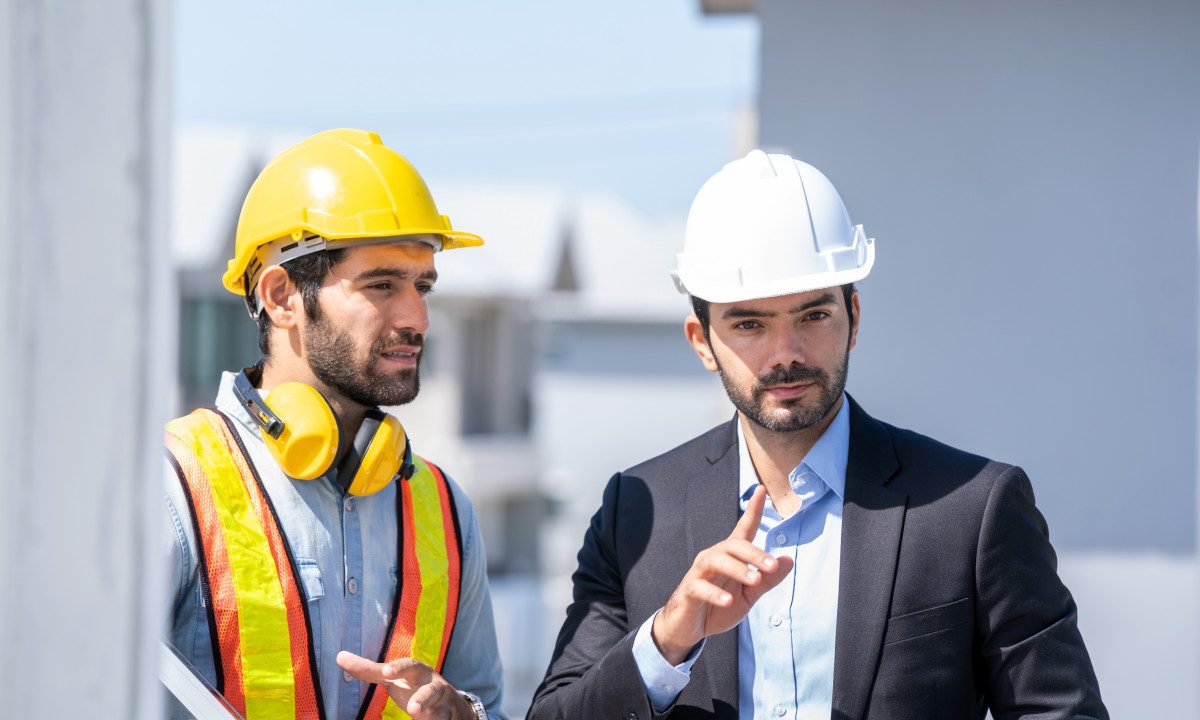The Impact of Robotics on Real Estate Construction
The real estate industry is undergoing a major transformation, driven by advancements in technology. One of the most disruptive technologies is robotics, which is changing the way construction projects are planned, executed, and managed.
Robotics has the potential to improve construction efficiency, safety, and cost-effectiveness, making it a game-changer in the real estate construction landscape. Here are some of the ways that robotics is impacting real estate construction:
- Improved Construction Efficiency
Robots can perform tasks with incredible precision, speed, and consistency, reducing construction time significantly. For example, robotic arms can be used to lay bricks or perform repetitive tasks, eliminating the need for manual labor and accelerating the construction process.
- Enhanced Safety Standards
Construction sites are inherently hazardous environments, and accidents are common. By employing robotics, construction companies can enhance safety standards and reduce the risk of accidents and injuries. Robots can handle dangerous tasks, such as working at heights or in confined spaces, which pose significant risks to human workers.
- Cost-Effective Construction
The initial investment in robotics can be significant, but the long-term cost savings make it a worthwhile investment for real estate developers. Robots can work continuously without breaks, reducing the need for multiple shifts or overtime pay. Additionally, the accuracy and efficiency of robotic construction lead to fewer errors and rework, saving costs associated with material waste and corrective measures.
- Sustainable Building Practices
Sustainability is a growing concern in the real estate industry, and robotics can play a crucial role in promoting green building practices. Robots can optimize resource utilization, minimizing waste during construction. For instance, robotic 3D printers can use precise amounts of materials to create structures, reducing material wastage significantly. Furthermore, the use of robotics in construction aligns with sustainable building principles by promoting energy-efficient and eco-friendly construction techniques.
- Complex and Innovative Designs
Robotics opens up new possibilities in architectural design, enabling the creation of complex and innovative structures that were previously challenging or costly to construct. 3D printing robots, for example, can produce intricate architectural elements and unique shapes that add aesthetic value to buildings. These robots can create custom-designed facades, walls, and other structural components, enhancing the overall appeal of the real estate development.
- Addressing Labor Shortages
The construction industry often faces labor shortages, making it challenging to find skilled workers. Robotics can serve as a solution to address this issue, as they can take on labor-intensive tasks and reduce the demand for manual labor. This is particularly relevant in regions facing labor shortages, where robotics can fill the gap and ensure construction projects progress without delays.
The adoption of robotics in real estate construction is still in its early stages, but it has the potential to revolutionize the industry. As the technology continues to advance, we can expect to see even greater innovations in construction methodologies and architectural designs. Real estate developers who embrace robotics are positioned to stay ahead of the competition and deliver projects that are faster, safer, and more innovative, ultimately benefiting both the industry and its end-users.
In addition to the benefits mentioned above, robotics is also being used to improve quality control in construction. Robots can be programmed to perform tasks with a high degree of precision, which can help to reduce defects and improve the overall quality of the finished product.
Overall, the impact of robotics on real estate construction is significant and positive. Robots are helping to make construction safer, more efficient, and more sustainable. As the technology continues to develop, we can expect to see even greater benefits from robotics in the years to come.





